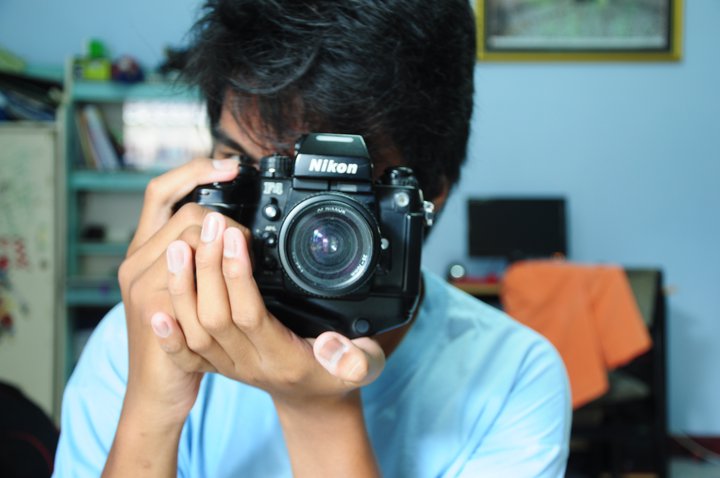Table 1. Genes regulated by the yeast MCB binding factor.
Figure 1. Schematic drawing of the DNA replication process. O1, O2, and O3 are replication origins, each serving a region called replicon (R1, R2, and R3). DNA replication involves unwinding of the double helix. New strands are synthesized by DNA polymerases using the old strands as template. Unwinding of a DNA molecule looks like a "fork" growing in one direction. The region being replicated looks like a bubble called the "replication bubble" (in red).
In E. coli, movement of the growing fork is about 1000 bp per second. It takes about 42 minutes to duplicate the entire genomic DNA. In eukaryotic DNA, the fork movement is only about 100 bp per second. This is probably due to the association of DNA with histones, which may hinder the fork movement. In humans, replication of the entire genome requires about 8 hours. In fruit flies, it takes only 3 - 4 minutes.
Figure 2. Sequences of bacterial and yeast replication origins. (a) The bacterial replication origin contains three homologous 13-mers and four homologous 9-mers. (b) The yeast replication origin is called autonomously replicating sequence (ARS). The "A" region is absolutely necessary, while B1, B2, and B3 can increase the replication efficiency.
Based on computer analysis, the consensus sequence of human replication origin is WAWTTDDWWWDHWGWHMAWTT, where W = A or T; D = A, G or T ; H = A, C or T, and M = A or C.
Note that "A" and "T" dominate the replication origin. This is because the A-T pair is linked by two hydrogen bonds while C-T pair by three hydrogen bonds. Therefore, the region dominated by "A" and "T" should be easier to unwind.
source: http://www.web-books.com/MoBio/Free/Ch7A.htm
Gene transcription starts from the promoter, proceeding along one direction, whereas the DNA replication starts from the replication origin, proceeding along both directions. There is only one replication origin in the genomic DNA of E. coli (Figure 3-H-3), but the eukaryotic DNA contains many replication origins in each chromosome.
Langganan:
Posting Komentar (Atom)
Pages
LINK
About Me
Blog Archive
-
▼
2010
(30)
-
▼
Oktober
(20)
- Jaringan Komputer(Berdasarkan luas wilayah)
- Jaringan Komputer(Berdasarkan topologi jaringan)
- Internet Download Manager v6.03 Beta Build 1
- Cinta Menurut Ilmu Pengetahuan
- Beberapa Fakta Tentang Internet
- The Loch Ness Monster
- Biological Hazard
- Penemu World Wide Web
- 7 Tips Rahasia Meningkatkan Performa Komputer
- 10 Virus Lokal Paling Berbahaya
- Jalan Kaki Cegah Penyusutan Otak
- DNA Replication, Mutation and Repair (Overview of ...
- DNA Replication, Mutation and Repair (Mechanism of...
- DNA Replication, Mutation and Repair (Mechanism of...
- DNA Replication, Mutation and Repair (Telomerase a...
- The History of the Computer
- Internet Timeline
- Budaya Demokrasi Menuju Masyarakat Madani
- Indonesian Nationalist Movements
- History of Ju-Jitsu
-
▼
Oktober
(20)
Tags
- History (5)
- Pengetahuan (3)
- Science (5)
- Software (1)
- Technology (16)
Categories
- History (5)
- Pengetahuan (3)
- Science (5)
- Software (1)
- Technology (16)
My ChatBox
Diberdayakan oleh Blogger.







0 komentar:
Posting Komentar